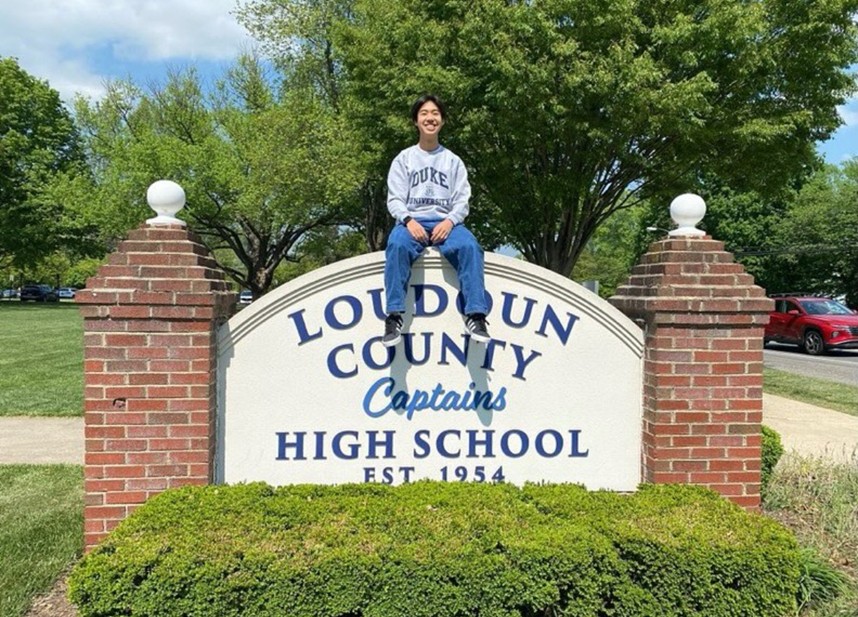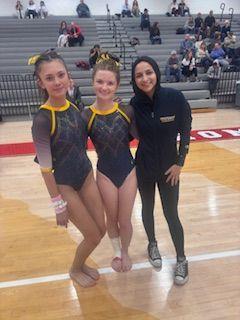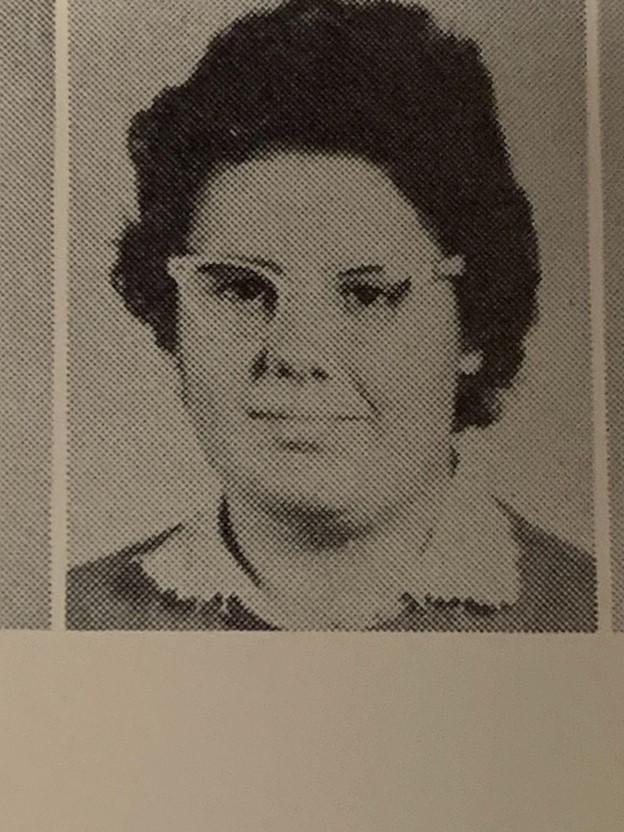Artificial Intelligence or AI may seem like a new technology but has been in existence since the mid-1900s. Only recently though, has it truly revolutionized art, technology, and culture.
One specific branch of AI that is widely talked about and used is image generation programs. One of the most popular, Stable Diffusion, has amassed millions of daily users, “Then, there’s Stability AI’s open-source image generation model Stable Diffusion, which has been used on pop music videos, Hollywood movies, and by more than 10 million people on a daily basis,” Kenrick Cai said in a Forbes article.
Part of the reasons these programs have become so widely used is due to how accessible they are to the average person. Stable Diffusion is open source so it can be downloaded and used for absolutely free. Numerous online services such as dreamstudio.ai allow you to make stunning images by using cheap (sometimes free), purchasable tokens.
Though it may seem like Stable Diffusion and other Image-generation AI are beneficial because they bring artistic ability to more people, they are currently facing a crucial lawsuit based on a thought-provoking dilemma.
The problems started on February 3 when Getty Images sued the parent company of Stable Diffusion, called Stability AI, on the basis that Stability AI copied 12 million images from the Getty Images Database. These images went directly into LAION-5B, an open-source, free dataset created by Stability AI and used by many AI algorithms most notably Stable Diffusion and

Dalle/Bing Image Generator (middle column) and Stable Diffusion (right column) were given the same prompts (left column). We chose the best out of 12 outputs to display.
. LAION-5B contains over 5 billion image-text pairs that were scraped from the web. Billions of these images are subject to copyright, not just images taken from Getty Images.
It’s important to note that the issues regarding the copyright of these images don’t come from the LAION-5B itself. This is because the dataset only provides links to images, meaning it isn’t subject to copyright. The real problem comes from the AI that utilizes the images.
To understand this better it’s important to understand how these image-generating AIs work. The AIs take relevant images based on a given text prompt and diffuse them so that almost all the detail disappears. “Then [AI] recovers the data by reversing this noising process. In other words, Diffusion models can generate coherent images from noise,” according to an article by Vivek Muppalla and Sean Hendryx.
Matthew Butterick is involved in the class action lawsuit against open AI.“These resulting images may or may not outwardly resemble the training images,” Butterick said, “Nevertheless, they are derived from copies of the training images, and compete with them in the marketplace.”
As AI image technology becomes more prevalent and advanced it may pose an even larger problem for the worth of artists and their talent. “Stable Diffusion’s ability to flood the market with an essentially unlimited number of infringing images will inflict permanent damage on the market for art and artists,” Butterick said.
AI art may be hurting artists in other ways too. The accessibility of AI art may take away the creativity and skill required for traditional artists. “ I think it kind of cheapens all of the hard work that those of us do. And I think it’s dangerous,” art teacher Kyla Jenkins said.
Surprisingly the problem of outsourced art doesn’t only come from AI. Artists such as Jeff Koons and Andy Warhol bring up similar controversy. “So Jeff Koons is an artist who, if you’ve ever seen the giant metal, animal balloons, you’ll know. He says, ‘This is an art piece, I want you to make it,’ and hires out to contractors,” Jenkins said. “So he is using his idea, but someone else is producing it. Sounds like it’s very similar to AI.”
If the court were to rule Stable Diffusion guilty of copyright infringement through its AI image-generating technology, there would likely be massive consequences in the industry. An article by Timothy B. Lee, who has a master’s degree in Computer Science, explained that courts deciding Stability AI is found guilty would slow down future AI research. Companies would likely need thousands of copyright holders to train their AI. “The process would likely be so slow and expensive that only a handful of large companies could afford to do it. Even then, the resulting models likely wouldn’t be as good. And smaller companies might be locked out of the industry altogether,” Lee said.
“It has a benefit, because it does put art in the hands of more people, and you can play with it,” Jenkins said, “And you can do all these cool things and be proud of what you’ve created. But in the long run, it’s not real artistic talent.”



















